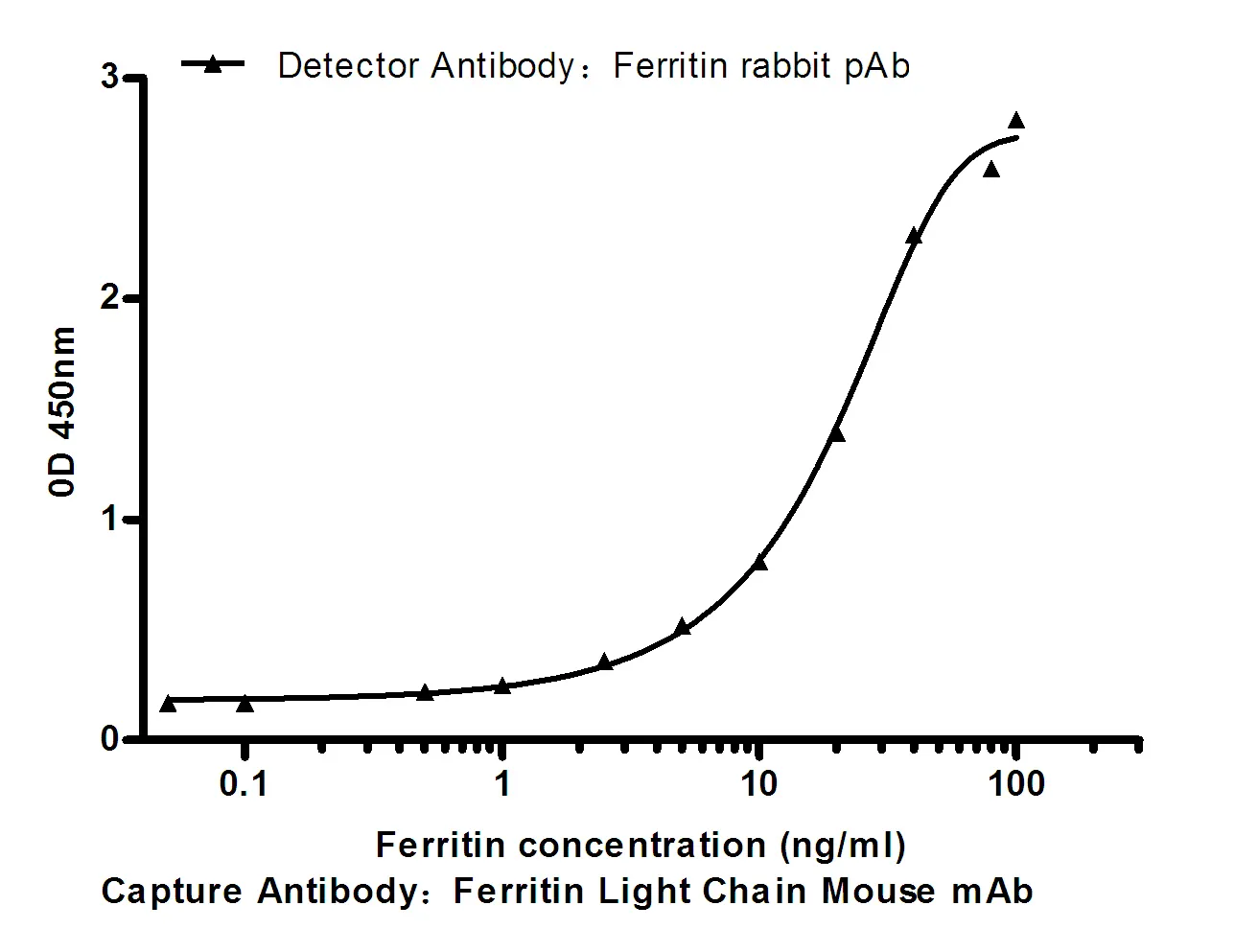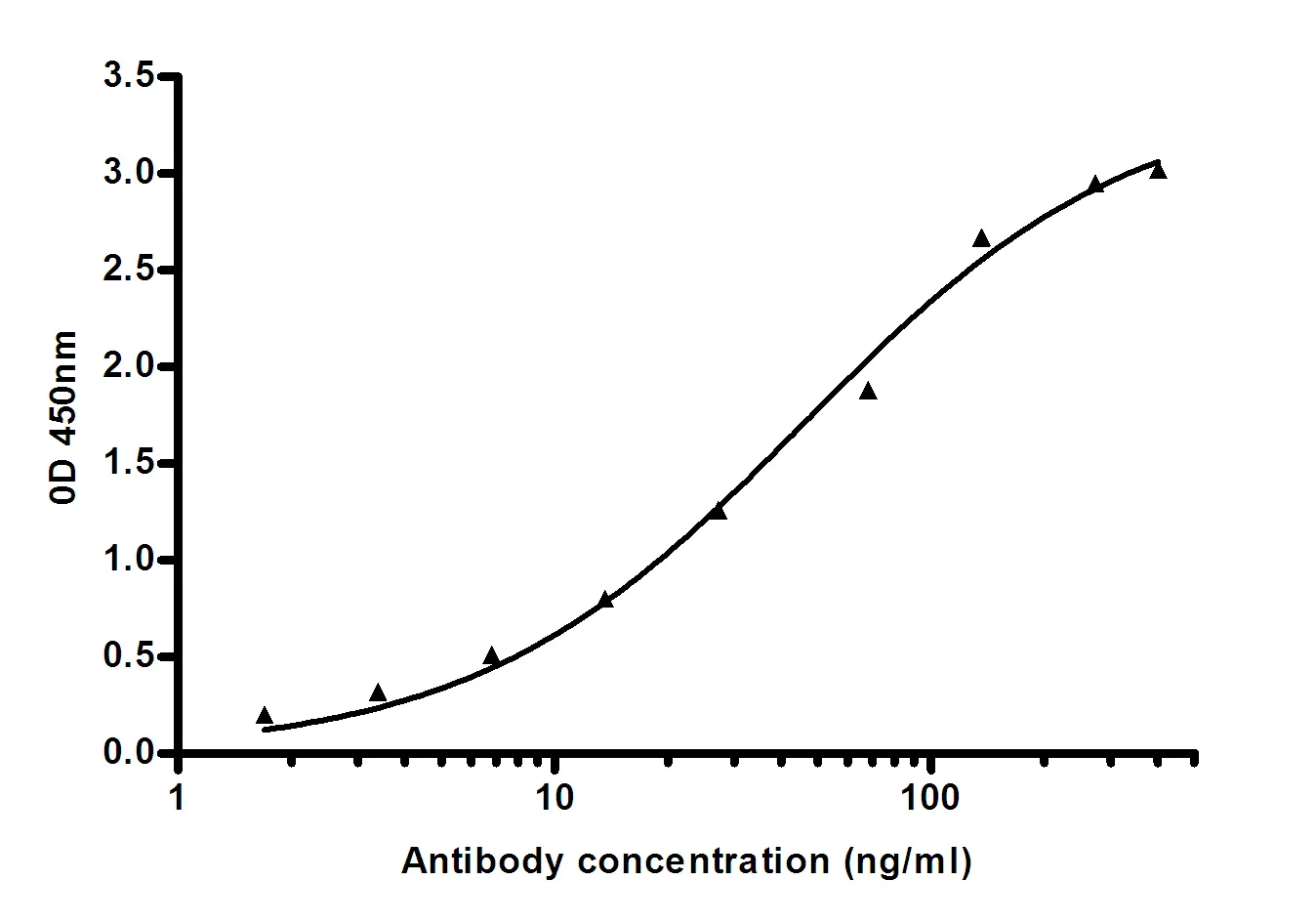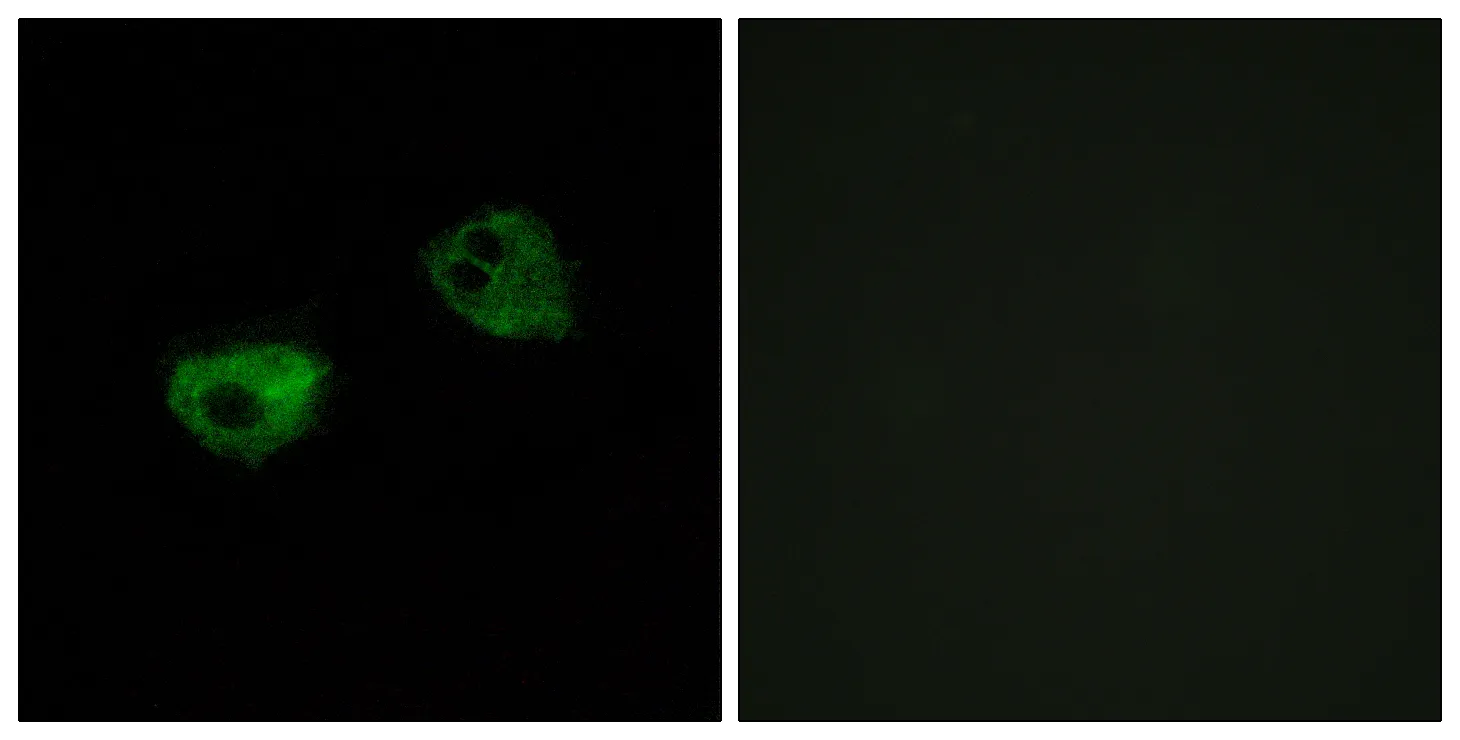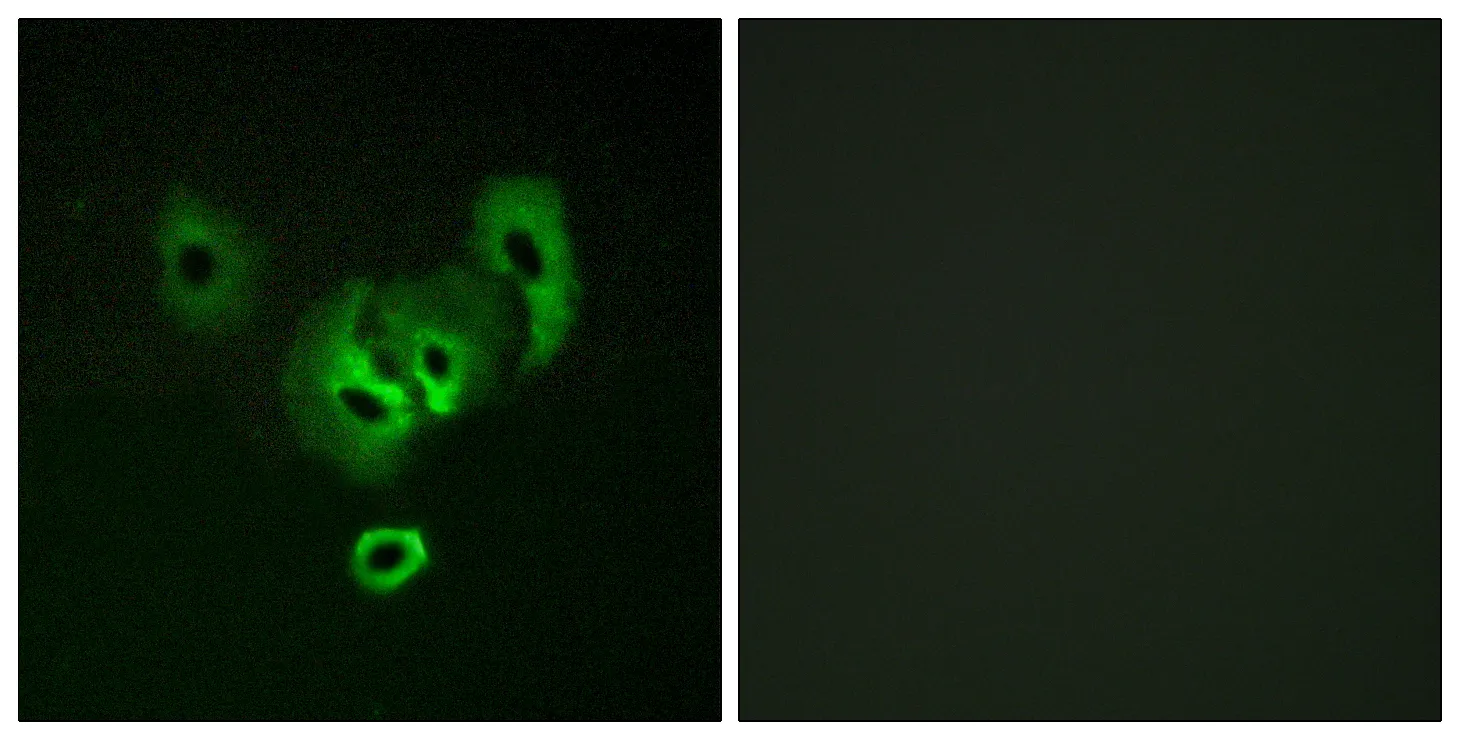Summary
Performance
Immunogen
Application
Background
The protein encoded by this gene is a member of the G protein-coupled receptor family, and is a receptor for C-C type chemokines. This receptor has been shown to bind dendritic cell- and T cell-activated chemokines including CCL19/ELC, CCL21/SLC, and CCL25/TECK. A pseudogene of this gene is found on chromosome 6. Alternatively spliced transcript variants encoding the same protein have been described. [provided by RefSeq, Jul 2013],function:Receptor for CCL2, CCL8, CCL13, CCL19, CCL21 and CCL25.,similarity:Belongs to the G-protein coupled receptor 1 family.,tissue specificity:Predominantly expressed in heart. Lower expression in lung, pancreas, spleen, colon, skeletal muscle and small intestine.,
Research Area




